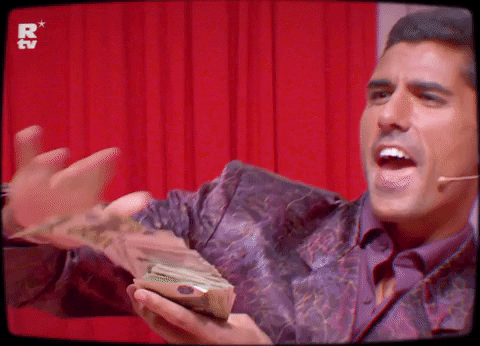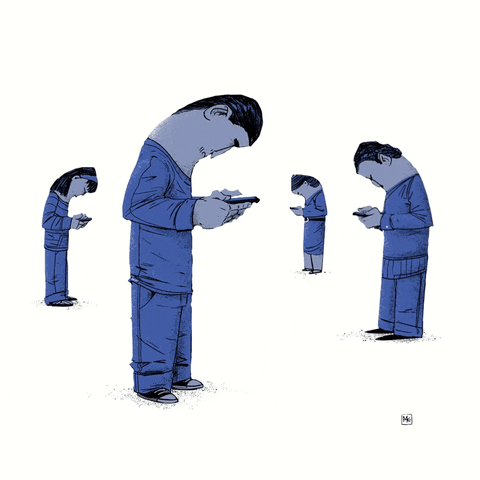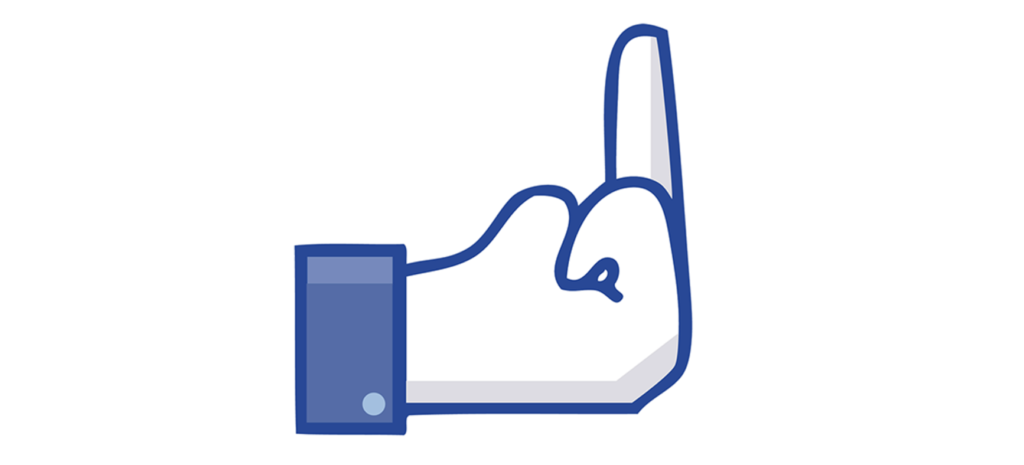
Scoreboards change everything. Once we have a metric in place, whatever improves that metric becomes the focus of what we do. We do it with sport, we do it with money, and now we do it with content. A metric you all know is how many views on average your social posts attract. We all do.
Attention wins
Once upon a time, great content was the focus. Content is king, we’d all chant ad nauseam. The inference was that the best stuff would naturally bubble up to the top. However, humans are weird and emotional creatures. We have certain neuroses we can’t help but serve. As a social species, we are infused with the need to be part of a group to survive. When others are engrossed in something new, of course our curiosity is piqued. In this era, we can see exactly how many people are paying attention to something. This scoreboard sits under every photo and video. It almost doesn’t matter what it is, so long as people are watching. Algorithms perpetuate that further. Something that is popular becomes more popular, because it is popular.
This presents a real challenge for people who want to produce content that is important, but perhaps not quite as entertaining. While a business may insist their primary goal is quality for their content, it’s hard not to be swayed even more by the number of views it receives. When Tommy and I launched our TV show, The Rebound, every sponsor told us their focus was delivering great insights and hacks to the audience, yet what they couldn’t resist asking first in every review would be, “How many viewers did each episode get”?
Know your metric
All this comes back to your ‘why?’ Why are you creating content? The truth is it isn’t that hard to go viral. I have a handful of YouTube videos that have clocked up well over a million views. We just need to appeal to the market of emotions and be as extreme as possible. If attention is the key metric, then we just follow where the attention economy takes us. Get on a bandwagon, roll the dice enough times and eventually you’ll score. But for what purpose? If entertainment and attention are your key metrics, then that’s exactly where your focus should be.
One the other hand, if you’re not aiming for the mass market, then deeper consideration must be taken.
I’m after an audience who want knowledge and seek consulting services and keynote speeches from me. We need to decide what we are chasing before we start creating. We need to resist the temptation to chase numbers, otherwise the attention scoreboard redefines what we do and who we are, with unintended consequences,.
—
Keep Thinking,
Steve.





